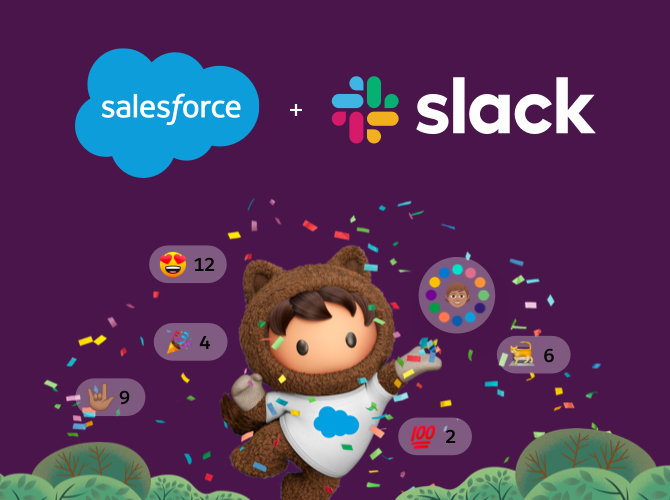Yes, that’s nearly the same as Microsoft paid for LinkedIn ($26.2bn) in 2016. That makes this new deal one of the most expensive tech mergers in history. More importantly it gives Salesforce a more even footing in workplace chat/collaboration and provides Slack with the backing to compete with Microsoft Teams more evenly. Competing is something Slack has been struggling to do in recent months. During 2020 it seems the tool has been hanging onto the coattails of Teams as Microsoft’s service grew. Both services saw an uptick in usage due to the COVID-19 pandemic but Slack’s growth had a ceiling. Microsoft Teams enjoyed substantial and continued growth through the year. A major part of that success was Microsoft continuing to diversify the service beyond mere workplace chat. In fact, the transformation of Teams has led to Slack arguing the two services are no longer competitors. That’s not entirely true, but it’s clear Slack remains a more dedicated workplace chat tool whereas Microsoft is trying to corner all areas of enterprise collaboration with Teams. Either way, Salesforce is a long-time Microsoft competitor and, interestingly, partner who has the clout to help Slack evolve. “Stewart [Butterfield] and his team [at Slack] have built one of the most beloved platforms in enterprise software history, with an incredible ecosystem around it,” Salesforce chairman and CEO Marc Benioff said. “This is a match made in heaven. Together, Salesforce and Slack will shape the future of enterprise software and transform the way everyone works in the all-digital, work-from-anywhere world. I’m thrilled to welcome Slack to the Salesforce [internal support system] once the transaction closes.” Slack will no longer work independently and is also merging with Salesforce, becoming part of the company’s operating unit. Current CEO Stewart Butterfield will lead the new division. As you may expect, Salesforce plans to integrate Slack deeply into its services to create an “operating system for the new way to work” and part of a “new interface for Salesforce Customer 360.”




